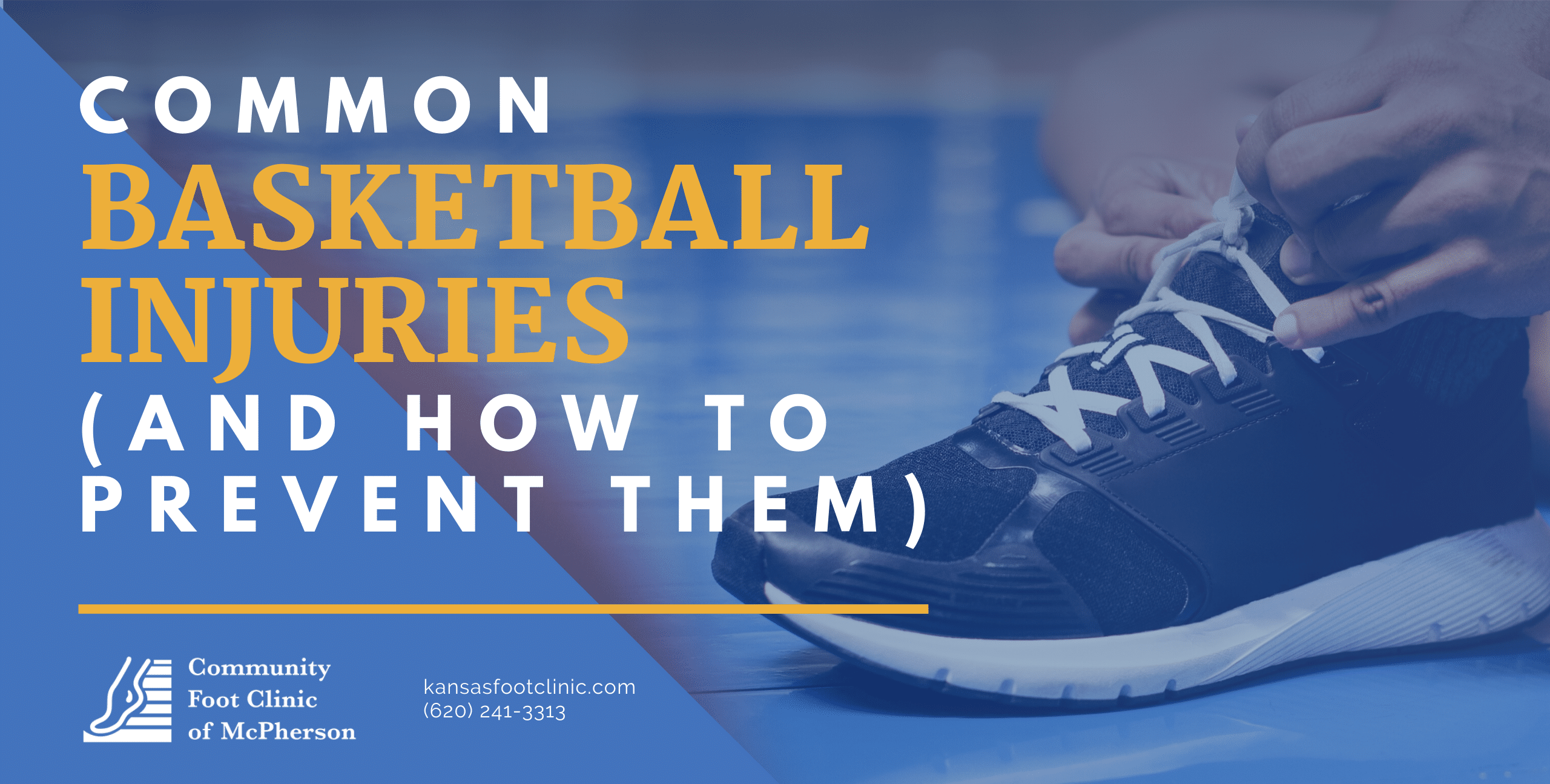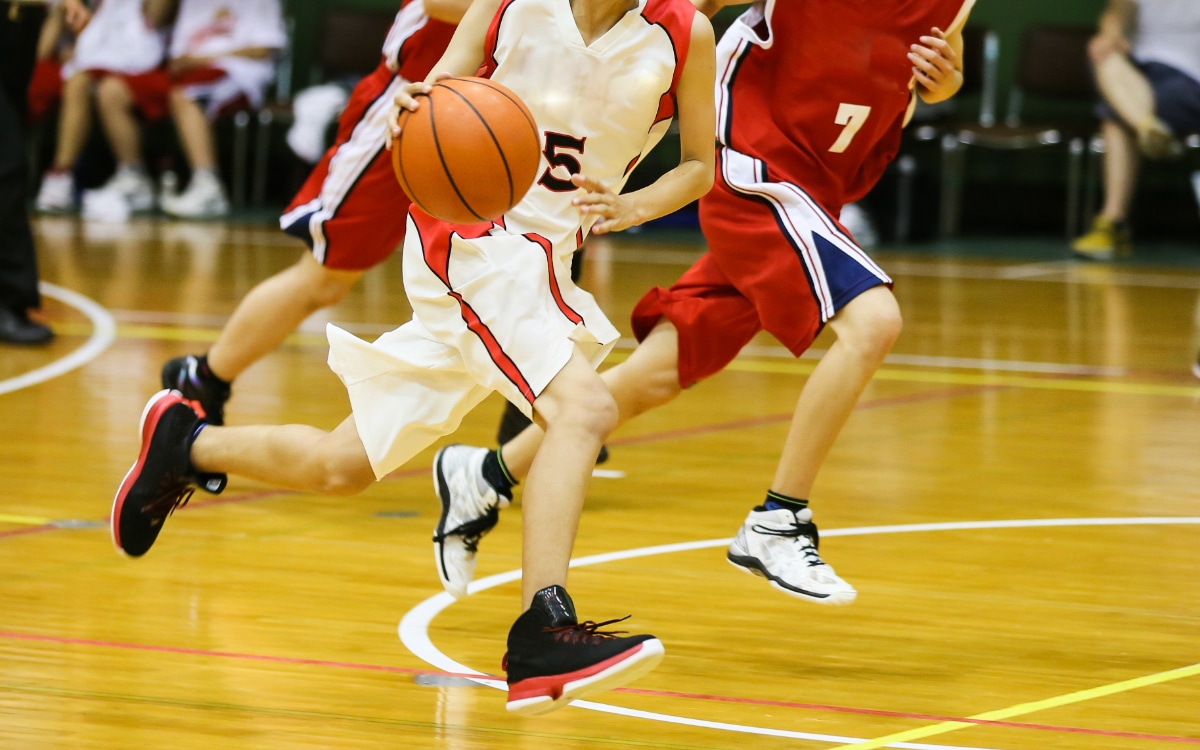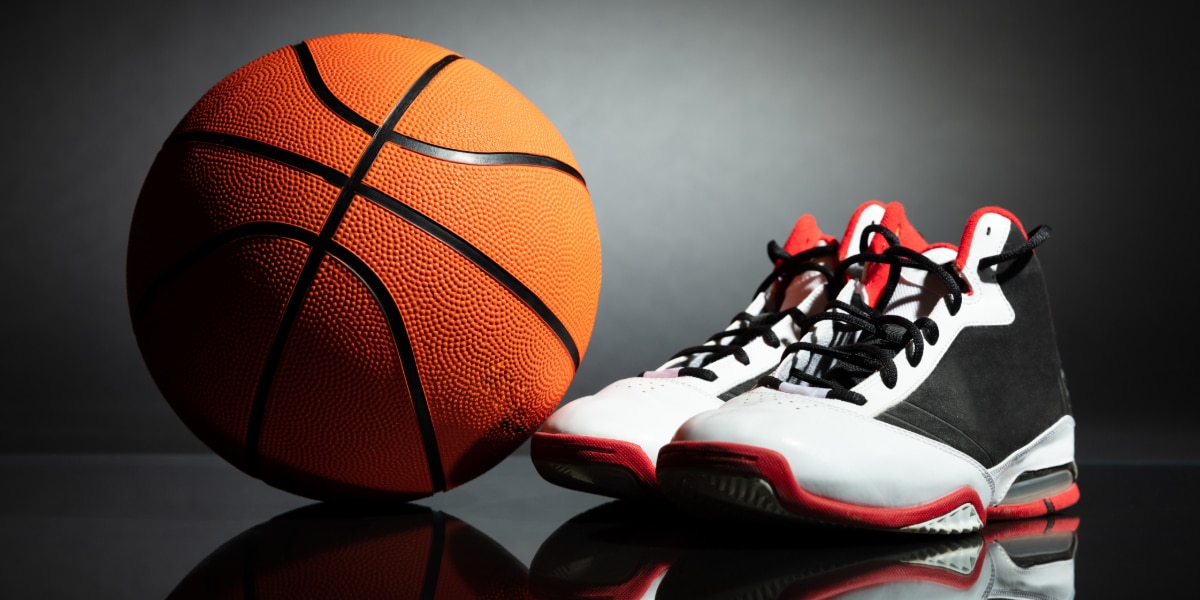Common Basketball Injuries (and How to Treat and Prevent Them)
We’re just a few short weeks away from the start of March Madness—surely still the highlight of the sports calendar for many if not most Kansas sports fans, despite a recent major victory you may have heard about by an NFL team next door.
With apologies to the Chiefs, basketball still dominates the sports landscape here, particularly in and around McPherson. With the Jayhawks gunning for another national title, plus our own McPherson Bullpups hoping to crash into the Class 5A state tourney, there’s a lot of excitement brewing!
Perhaps the March Madness season, along with the improving weather, has motivated you to go out and shoot some hoops yourself. And that’s great! That being said, though, running up and down the court for an extended period of time can really do a number on your feet and ankles—especially if you’ve been mostly sedentary over the winter.
It probably wouldn’t surprise you to learn that we treat a lot of basketball injuries at the Community Foot Clinic of McPherson, especially around the springtime. But just what are the risks, and what can you do about them?
Common Basketball-Related Injuries
We weren’t kidding when we said basketball can be rough on the feet and ankles. According to one study, nearly one quarter of all high school boys basketball players (22%) sustain at least one injury that forces them to miss time every season. And of those injuries, nearly half (42%) are to the feet and ankles.
The major culprits include:
- Ankle sprains. This is the big one. In a sport with so much running, pivoting, and jumping, the ankles are constantly vulnerable to twisting or rolling beyond their normal range. When this happens, the tendons that hold the joint in place can stretch, tear, or even rupture completely. Ankle sprains are always serious, as even a “minor” one can lead to chronic pain and instability (and a much greater risk of future sprains) if it isn’t treated properly.
- Heel pain. Unlike sprains, which typically occur in a brief, excruciating instant, heel pain usually develops slowly over time, due to repeated impacts. Older teens and adult players are especially prone to developing plantar fasciitis, which is tearing or inflammation in the tough ligament that connects to the bottom of the heel, or tendinitis in the Achilles tendon at the back of the heel. Kids and younger teens are more likely to develop Sever’s disease, which is irritation to the soft growth plate of the heel bone.
- Stress fractures. Under normal circumstances, the soft tissues of your feet and arch (along with your shoes, of course) absorb most the impact forces from running and jumping. But when they get worn down, a greater share of the impact must be shouldered directly by bones. Eventually, this can cause them to develop hairline surface cracks, which can cause a lot of pain and aching. The long metatarsal bones of the midfoot are especially vulnerable to stress fractures.
- Broken bones. Of course, the bones could also break in a deeper or more complete way. Broken ankles are somewhat common, and unfortunately sometimes don’t get the treatment they need if they are mistaken for “just” a sprain. Basketball players are also especially susceptible to Jones fractures, which is a break in the fifth metatarsal bone along the outside edge of the midfoot.
Basketball Injuries Should Always Be Addressed Promptly
We get it. The last thing any basketball player wants to do is go to the doctor. Nobody wants to give up their playing time or let down their teammates. Nobody wants to be told they must rest and recover. Dr. Timson is a runner and recreational athlete himself, so he knows how tough it can be!
But the truth is that you should never attempt to “walk off” a painful foot or ankle injury, or play through obvious pain. The vast majority of the time, all that is going to accomplish is making your pain worse, your injury more severe, and your time away from the game longer.
While a little downtime may be expected, the good news is that at Community Foot Clinic of McPherson, we do everything in our power to make sure athletes not only get the complete care they need to heal, but also recover as quickly as possible so they can get back to doing what they love.
That’s why we’ve invested in advanced treatment options like laser therapy, which accelerates many of the body’s natural healing and tissue regeneration processes. When used alongside traditional treatments like physical therapy and orthotics, laser therapy can in some cases cut the normal recovery time by 40 percent or more.
Basketball Injury Prevention
Of course, once we’ve treated your injury and you’re ready to return to practicing and playing, you’ll want to make sure you protect those feet and ankles to limit your risk of another injury. Here are our recommendations:
- Always wear a good pair of basketball shoes. General-purpose athletic shoes just will not do. Basketball shoes are designed with extra thick soles for shock absorption, as well as high ankle cuffs for better ankle support. For a sport with so much jumping and pivoting, these really are essential features.
- Always warm up properly before practice and competition. Going from zero to full speed too quickly leaves your feet and ankles vulnerable.
- Increase training intensity slowly. If you’ve been sitting most of the winter, two solid hours of pickup ball probably isn’t a good idea. Build up to new training routines slowly over several weeks, and make sure you work on your core strength and endurance. “Weekend warriors” tend to get hurt much more often than those who maintain their fitness year-round or build slowly toward their goals.
- Make sure the court is safe. Clean up any slippery spots or debris before you start to play.
- Get any injuries checked out promptly. We already told you why!
Don’t let a foot or ankle injury keep you away from the sport you love any longer than you need to be! For the highest quality podiatric sports injury care anywhere in the McPherson, Herington, or Hillsboro areas, contact the Community Foot Clinic of McPherson today.
McPherson Office
316 W. 4th Street
McPherson, KS 67460
P: (620) 241-3313
F: (620) 241-6967
© Community Foot Clinic of McPherson. All Rights Reserved.
Privacy Policy | Terms & Conditions
Web Design by CP Solutions
Marketed by VMD Services



